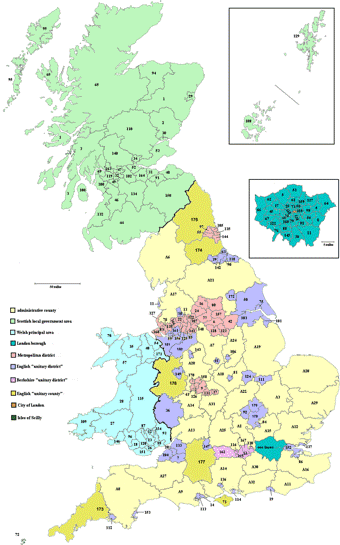

Environment
COP21: success of climate change agreement rides on local government
For the new global agreement on climate change to succeed, local governments must be empowered to act to accelerate national governments efforts in lowering carbon emissions. The climate agreement must clearly refer to the role of cities and regions and provide adequate support, including through financing.
More ambitious targets to cut greenhouse gas reduction and annual commitments of $100bn were also vital to keep temperatures from rising by 2°C. These calls were made today by members of the European Committee of the Regions (CoR), just two months ahead of the climate conference in Paris.
In the build-up to the UN Climate Change Conference (COP21) the CoR – the EU Assembly of local and regional representatives – is gearing up to support the EU’s position in achieving an ambitious and binding global agreement. Speaking in Brussels the CoR President, Markku Markkula, welcomed the draft negotiation text published on 6 October, “National governments cannot tackle climate change alone: it needs industries, civic society, universities and local authorities to work side-by-side. The draft agreement therefore shows signs of promise by explicitly referring to local and regional governments: we urge all Parties to maintain these references”.
The CoR was debating its report on the COP21 with European Climate Action and Energy Commissioner Miguel Arias Cañete who said that, “To date, 149 parties to the COP, representing almost 90% of global emissions, have announced their intended emissions reduction contributions. It is a clear signal of the collective determination for Paris to be a turning point towards a new era of low-emissions and climate-resilient economies. The agreement in Paris matters to every citizen in every country of the world. This is why the EU will just not take any deal.” The Commissioner added that “Cities and regions are at the heart of our combat against climate change. It is also in this front where this major fight can be won. European cities and regions are the most ambitious when it comes to climate and energy goals”.
This higher level of ambition was demonstrated with the adoption of a report led by Annabelle Jaeger, French regional councillor of Provence-Alpes-Côte d’Azur: “We know current commitments in emission reduction post-2020 will not be enough to stay below 2°C warming. I am therefore pleased to see EU cities and regions are ready to help go beyond the EU’s “at least 40% greenhouse gas reduction” 2030 target. Our position adopted today shows cities and regions are united in cutting emissions by 50% and increasing the share of renewables and energy efficiency by 40% by 2030″, said A. Jaeger.
Beyond current commitments, the COP will need to accelerate ambition over time. The CoR therefore supports the inclusion of five year-commitment periods and revision cycles in the Paris climate agreement. In the long-term and based on the safest UN climate scenarios, the CoR also calls on the EU to support the aim of reaching carbon neutrality in 2050.
The CoR also insists on committing adequate financing that takes into account the vulnerability of developing countries. It calls on all developed and emerging countries to commit new financial pledges to meet the annual $100bn by 2020 needed to deliver the climate agreement. To achieve this, the CoR proposes new more systematic ways of generating financial resources such as using the European carbon market’s revenues. The CoR demands that cities and regions be given easier access to the main global climate funds (e.g. Green Climate Fund, Global Environment Facility), including direct access for local governments in the most vulnerable developing countries.
United Kingdom local government ‘mix’
English Local Government
There are 57 ‘single tier’ authorities:
– 55 unitary authorities
– The City of London Corporation
– The Council of the Isles of Scilly
There are 34 ‘upper tier’ authorities. The non-metropolitan counties function as local education authorities:
– 27 non-metropolitan counties
– 6 metropolitan counties
– The Greater London Authority
There are 269 ‘lower tier’ authorities, which all have the function of billing authority for Council Tax. The metropolitan and London boroughs also function as local education authorities:
– 201 non-metropolitan districts
– 36 metropolitan boroughs
– 32 London boroughs
Scottish Local Government
– 32 unitary authorities
Welsh Local Government
– 22 principal areas in Wales (11 are named as counties (3 named as Cities) and 11 as county boroughs)
Northern Irish Local Government
– 11 districts


 Environment9 months ago
Environment9 months agoAre Polymer Banknotes: an Eco-Friendly Trend or a Groundswell?

 Environment11 months ago
Environment11 months agoEco-Friendly Home Improvements: Top 7 Upgrades for 2025

 Features8 months ago
Features8 months agoEco-Friendly Cryptocurrencies: Sustainable Investment Choices

 Features9 months ago
Features9 months agoEco-Friendly Crypto Traders Must Find the Right Exchange





























